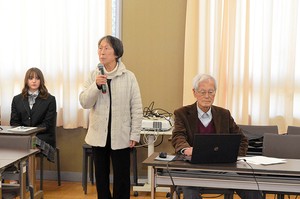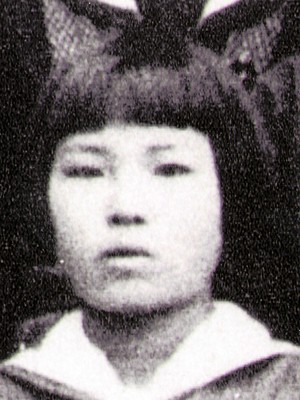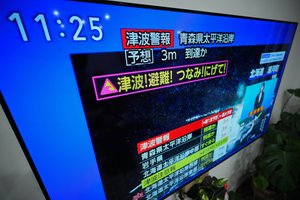THE ASSOCIATED PRESS
December 21, 2023 at 11:20 JST
 In this photo provided by South Korea Defense Ministry, U.S. Air Force B-1B bombers, F-16 fighter jets, South Korean Air Force F-15K fighter jets and JapanAir Self-Defense Force F-2 fighter jets fly over South Korea's southern island of Jeju during a joint air drill, Dec. 20, 2023. (South Korea Defense Ministry via AP)
In this photo provided by South Korea Defense Ministry, U.S. Air Force B-1B bombers, F-16 fighter jets, South Korean Air Force F-15K fighter jets and JapanAir Self-Defense Force F-2 fighter jets fly over South Korea's southern island of Jeju during a joint air drill, Dec. 20, 2023. (South Korea Defense Ministry via AP)
SEOUL--The United States flew long-range bombers for joint drills with South Korea and Japan on Wednesday in a show of force against North Korea, days after the North performed its first intercontinental ballistic missile test in five months.
The trilateral training off South Korea’s southern island of Jeju was meant to strengthen the countries’ joint response against North Korean nuclear threats, South Korea’s Joint Chiefs of Staff said in a statement.
The exercise involved B-1B bombers and South Korean and Japanese fighter jets, the statement said. It said the B-1Bs’ flyover is the 13th time that a U.S. bomber has been temporarily deployed near and over the Korean Peninsula this year.
The B-1B is capable of carrying a large conventional weapons payload. North Korean has previously called the bomber’s deployment a proof of U.S. hostility and had reacted with missile tests.
North Korea on Monday launched a Hwasong-18 ICBM into the sea in a drill it said was meant as a warning over the U.S. and South Korea’s confrontational steps. North Korea cited a recent U.S.-South Korean meeting to discuss their nuclear deterrence plans.
The U.S., South Korea and Japan slammed the launch as a provocation, noting it violated multiple U.N. Security Council resolutions that ban any ballistic activities by the North.
The Hwasong-18, a solid-fueled missile, is the North’s newest and most advanced ICBM. Its built-in solid propellant makes launches harder to detect than liquid-fueled missiles, which must be fueled for liftoffs. Monday’s launch is the Hwasong-18’s third firing this year.
North Korean leader Kim Jong Un said the launch showed how North Korea could respond if the United States were to make “a wrong decision against it.” But many foreign experts say the North still has technological obstacles to overcome to possess functioning nuclear-armed ICBM that can hit the continental U.S.
Since last year, North Korea has conducted about 100 ballistic missile tests in what outside experts call a bid to modernize its nuclear arsenal and win greater U.S. concessions. In response, the U.S. and South Korea expanded their military drills, strengthened security cooperation with Japan and increased the temporary deployment of powerful U.S. military assets such as bombers and nuclear-powered submarines in South Korea.
Despite its torrid run of ballistic missile tests, North Korea has avoided new international sanctions as China and Russia, both permanent members of the U.N. Security Council, stymied any council responses to the North’s testing activities. In an emergency U.N. Security Council meeting Tuesday over the North’s ICBM launch, North Korean and Russian diplomats clashed with U.S., South Korean and other diplomats.




















A peek through the music industry’s curtain at the producers who harnessed social media to help their idols go global.
A series based on diplomatic documents declassified by Japan’s Foreign Ministry
Here is a collection of first-hand accounts by “hibakusha” atomic bomb survivors.
Cooking experts, chefs and others involved in the field of food introduce their special recipes intertwined with their paths in life.
A series about Japanese-Americans and their memories of World War II